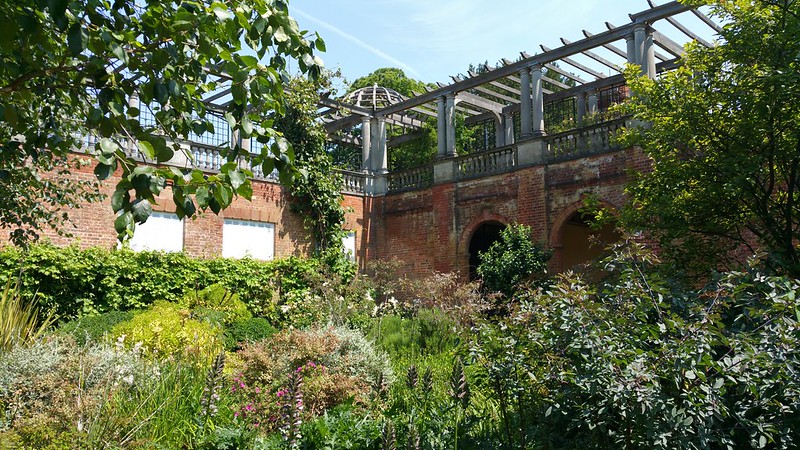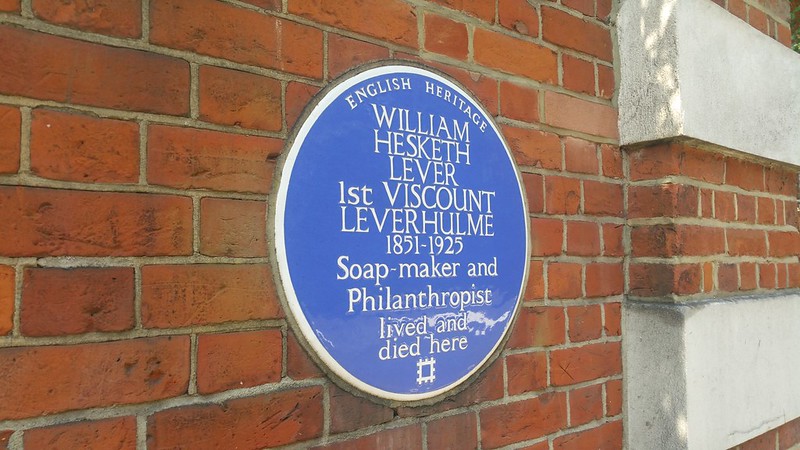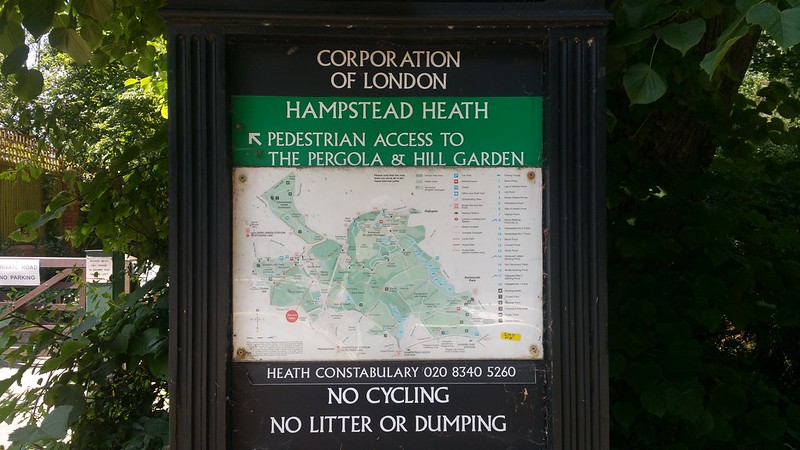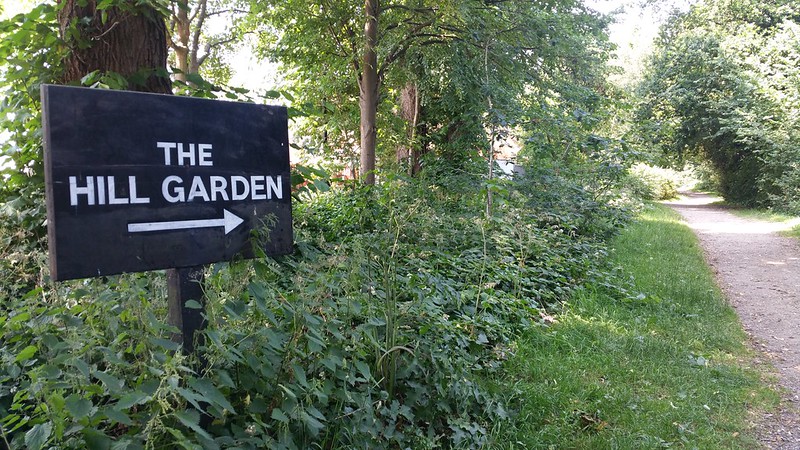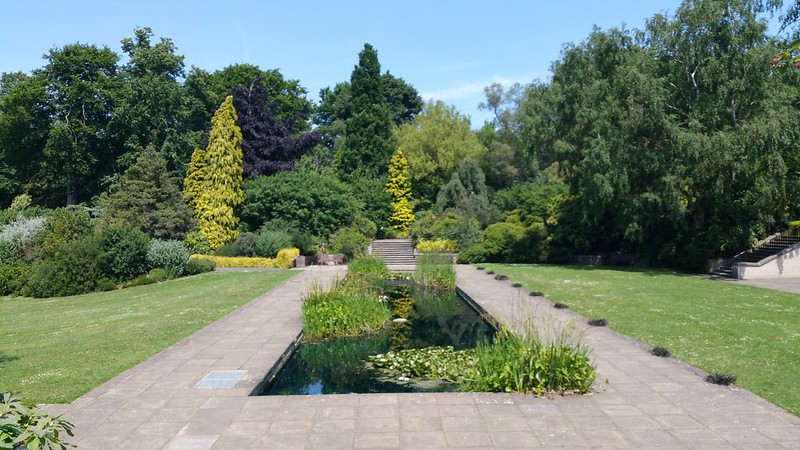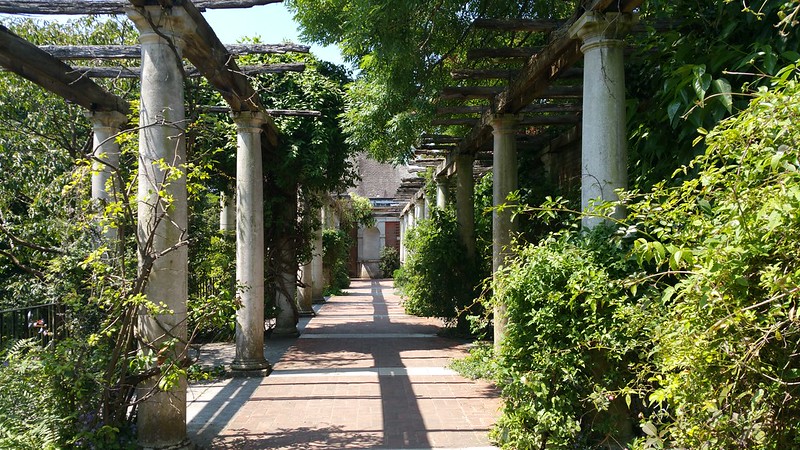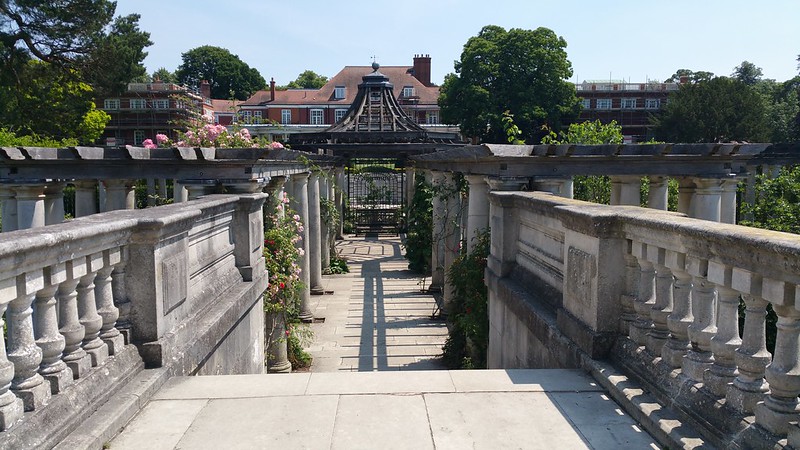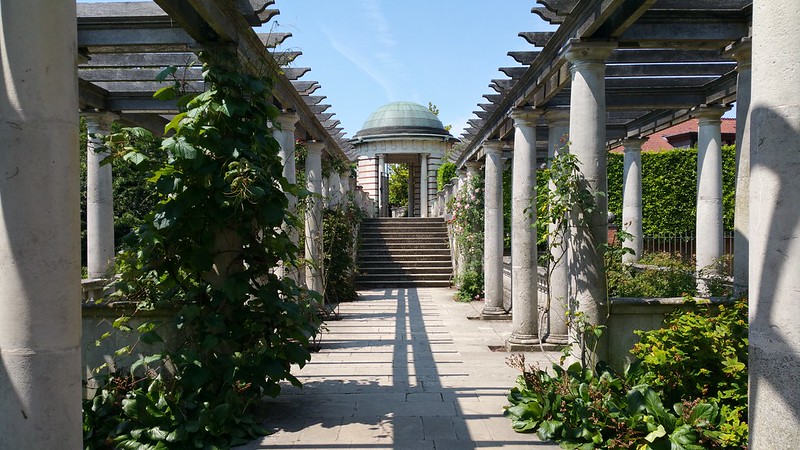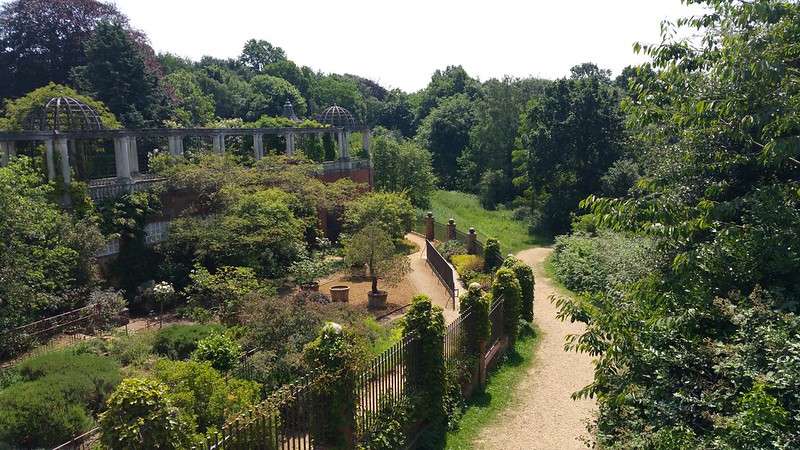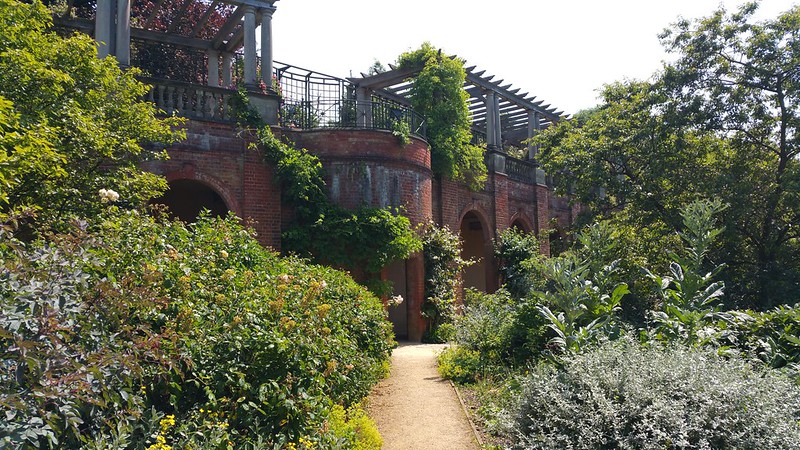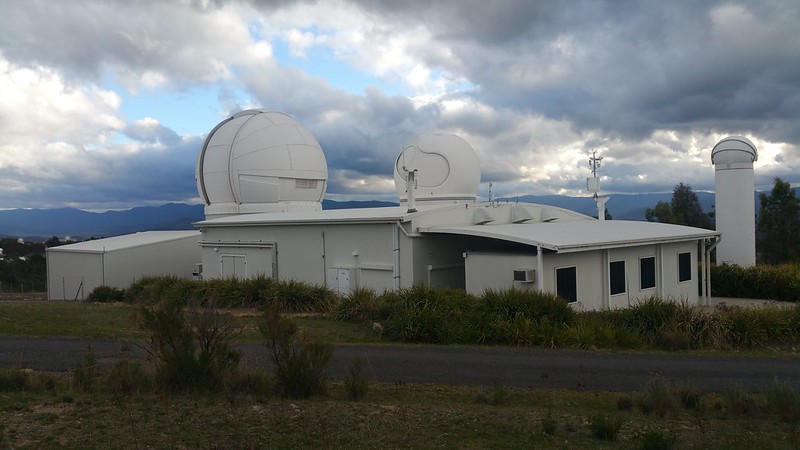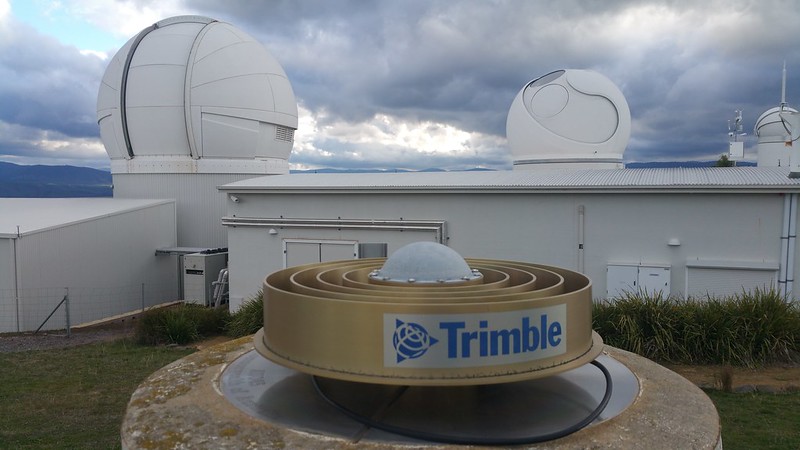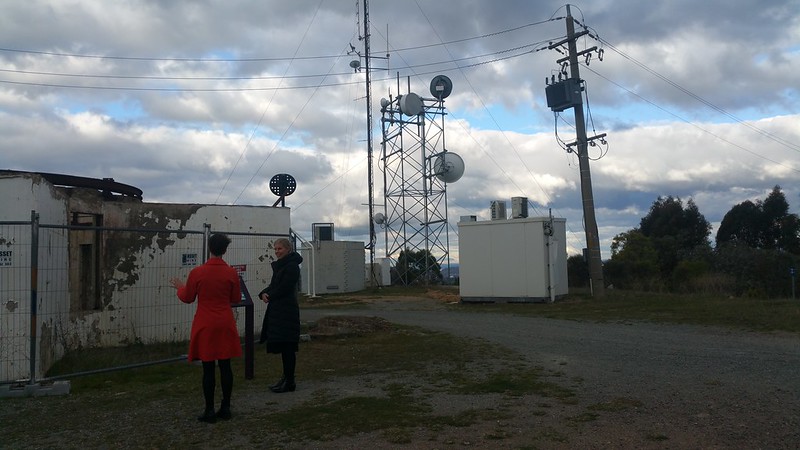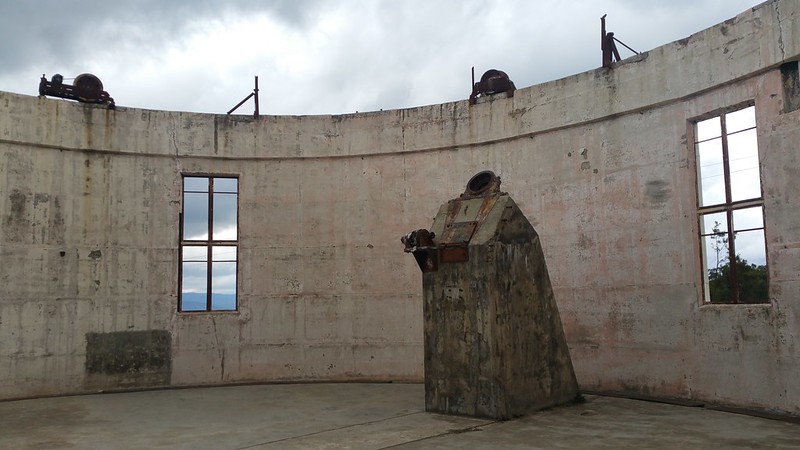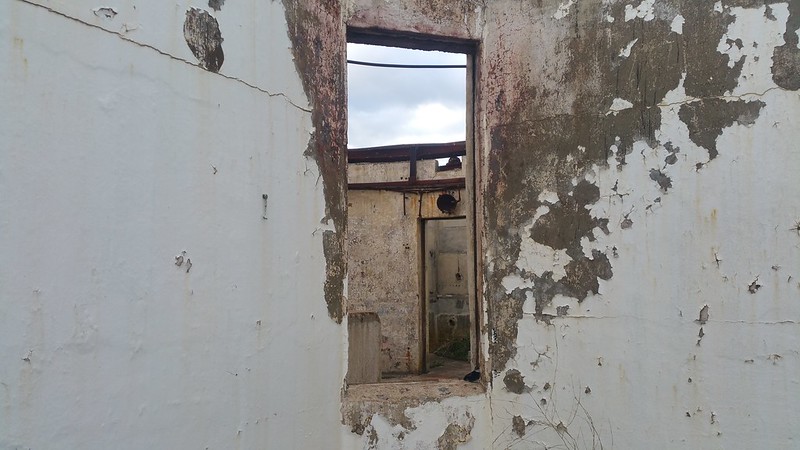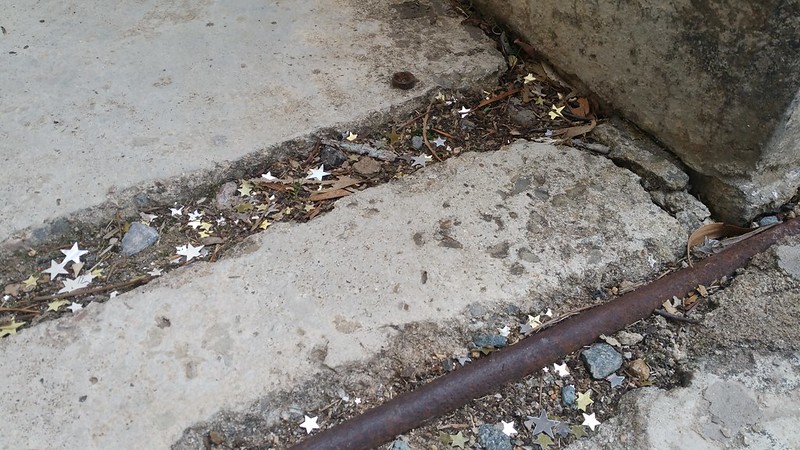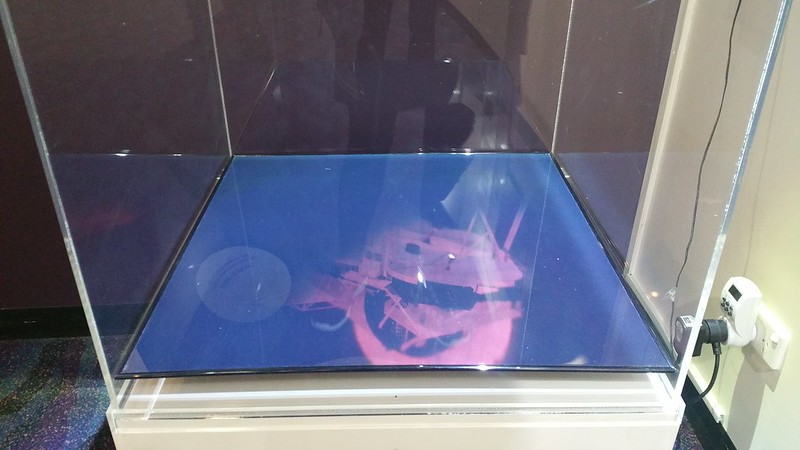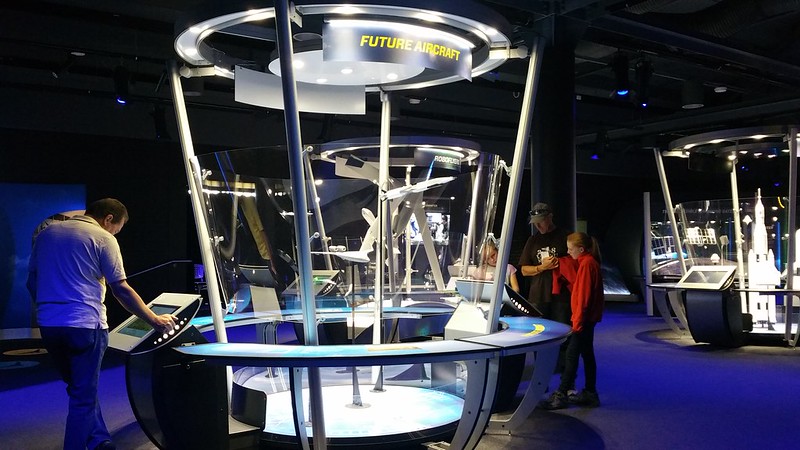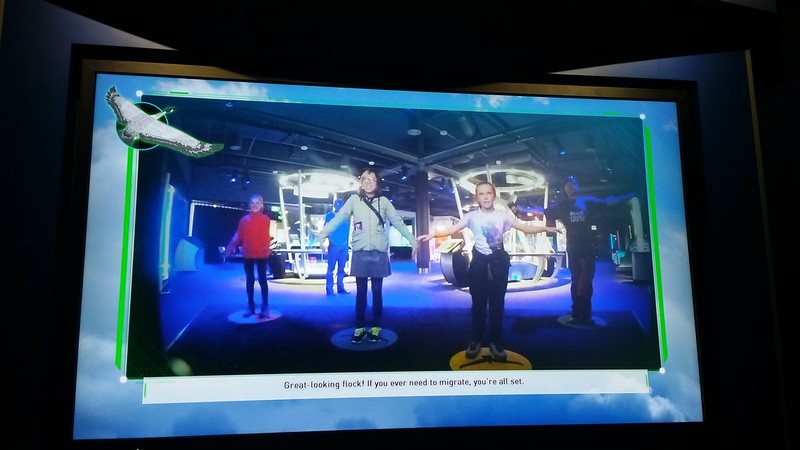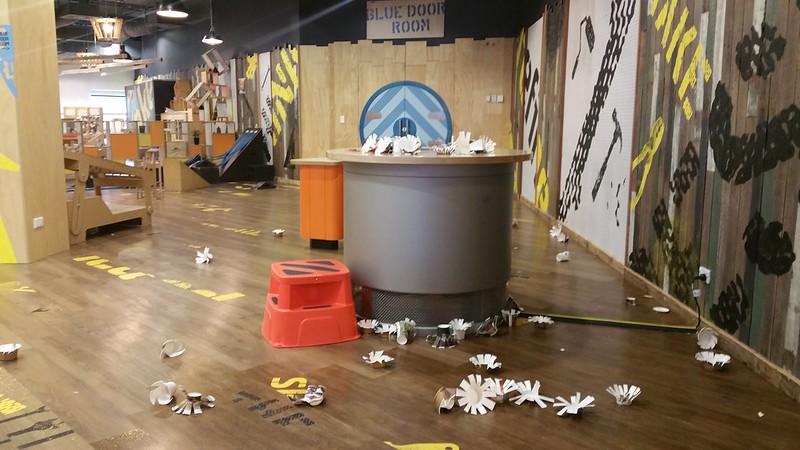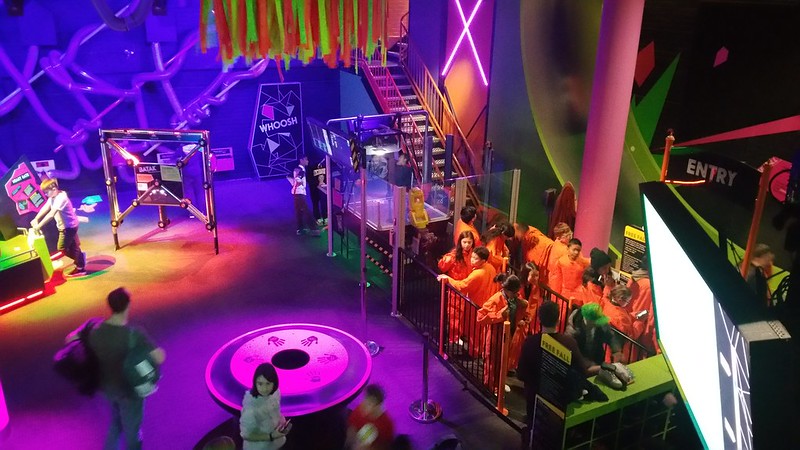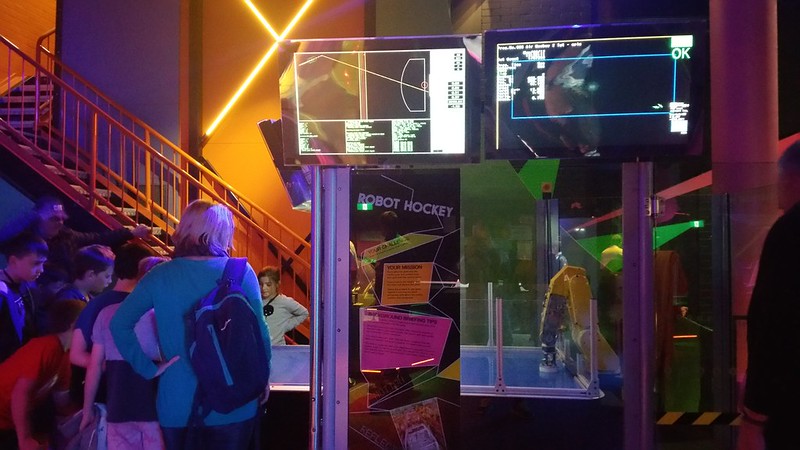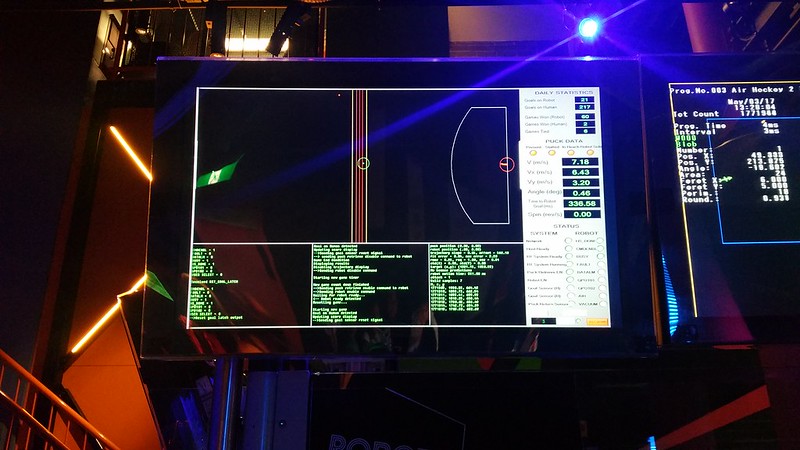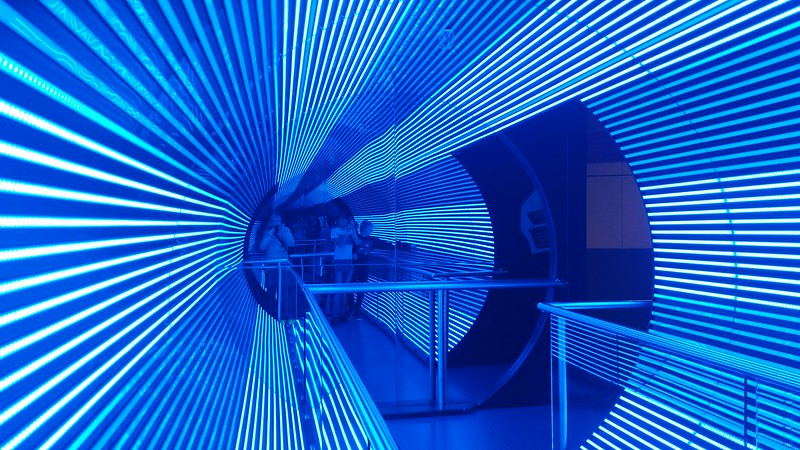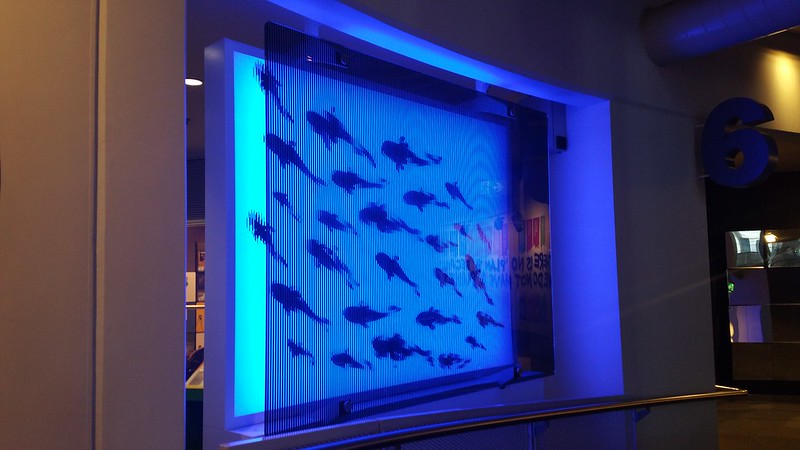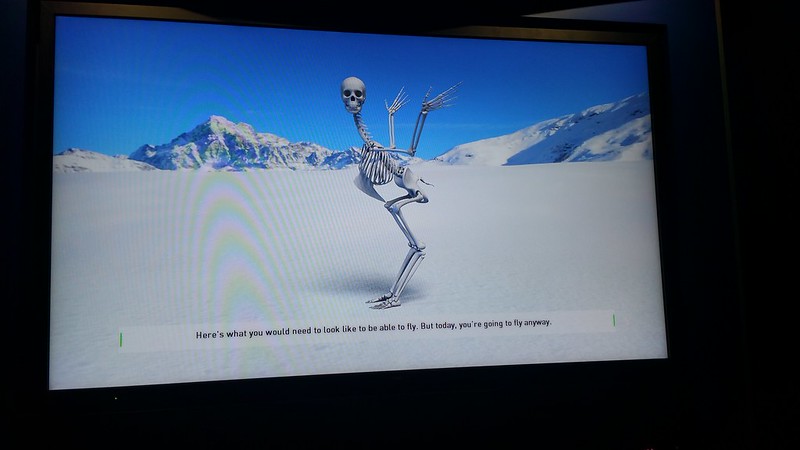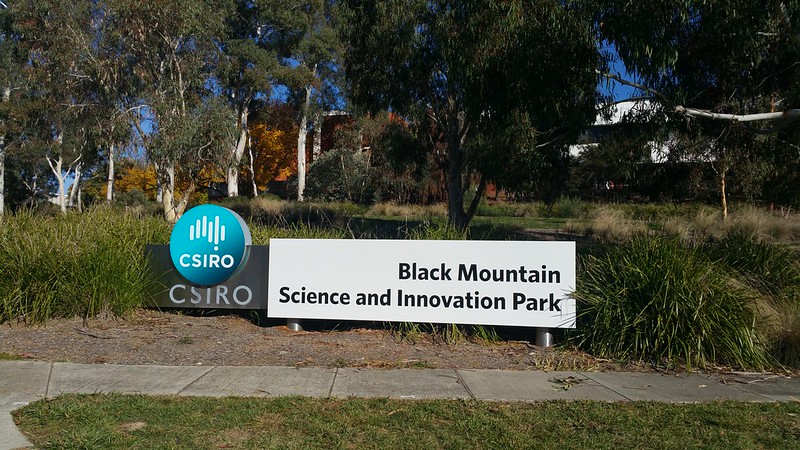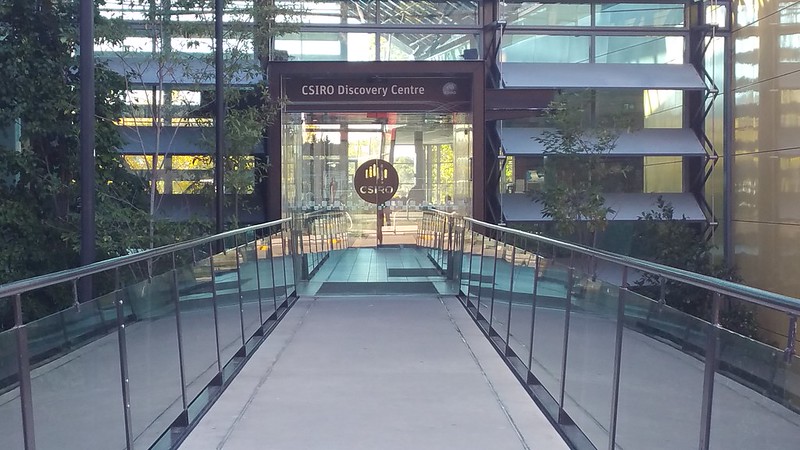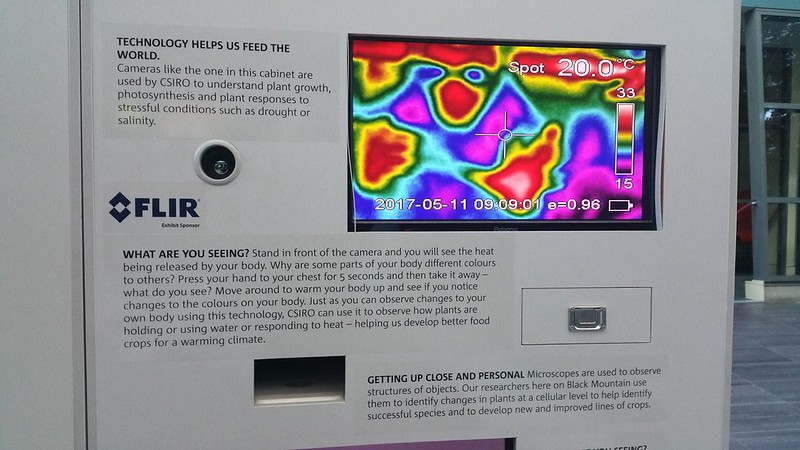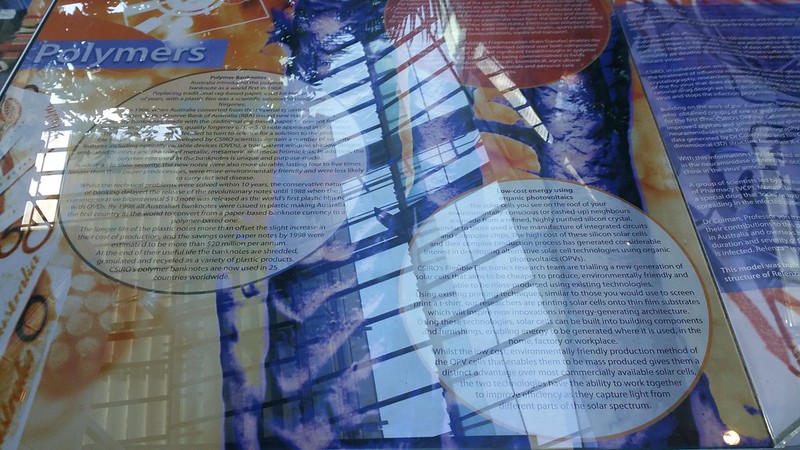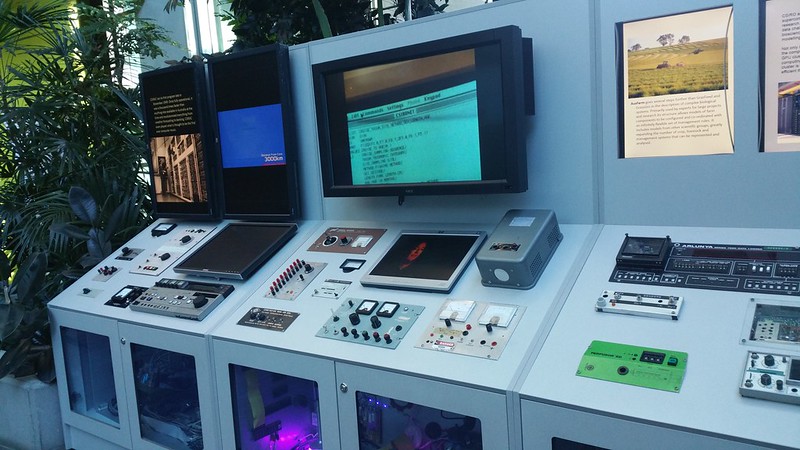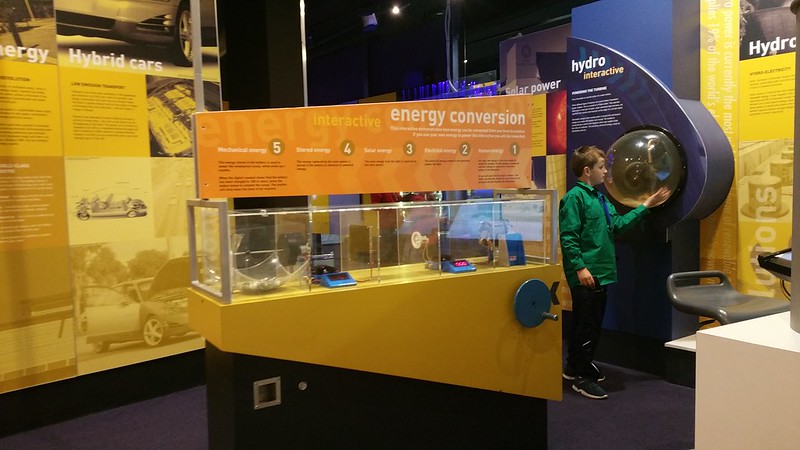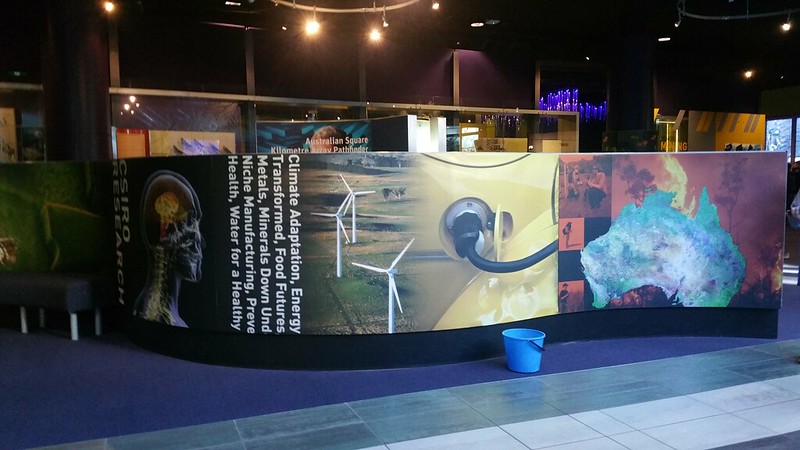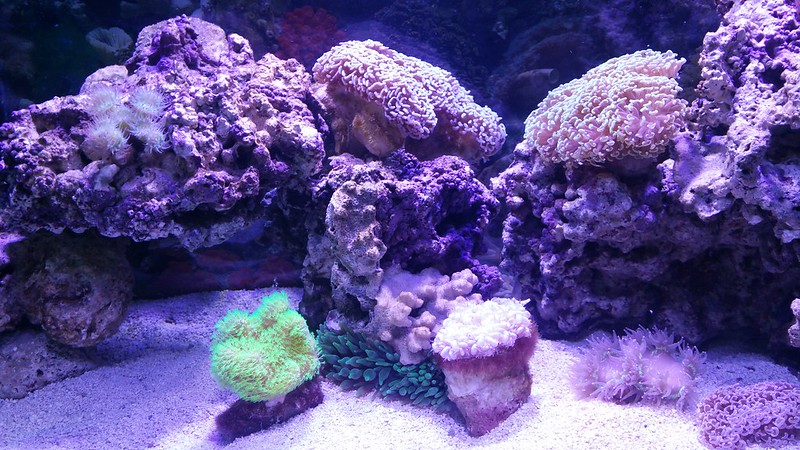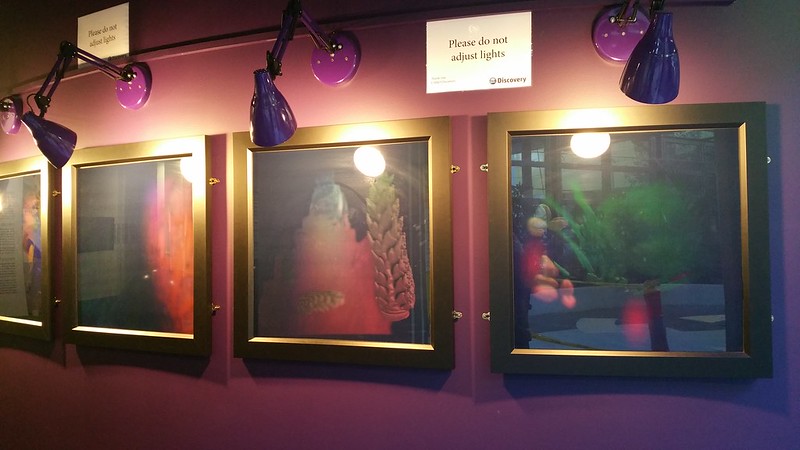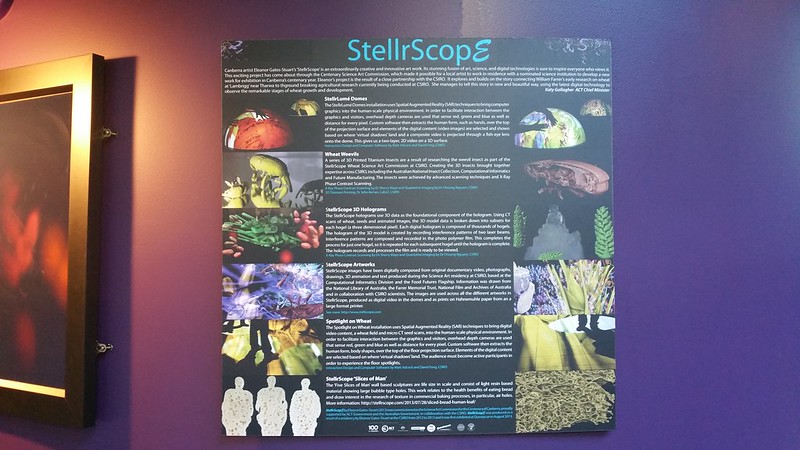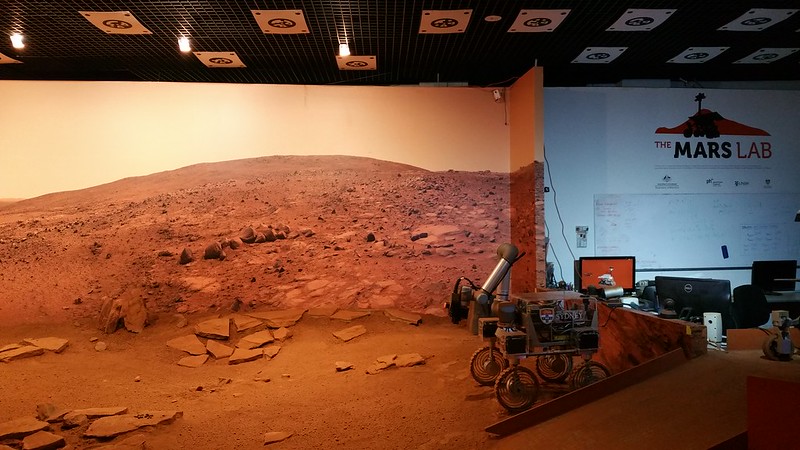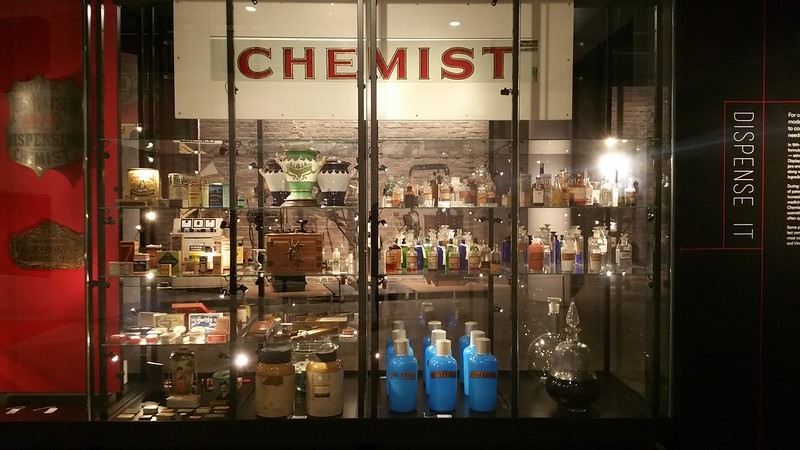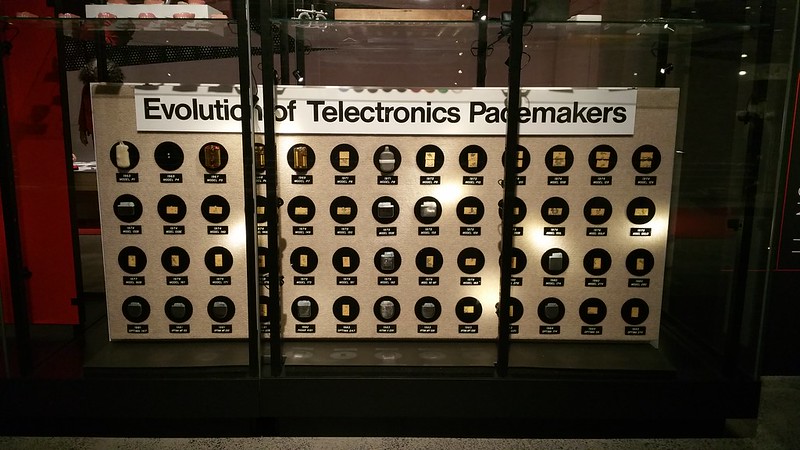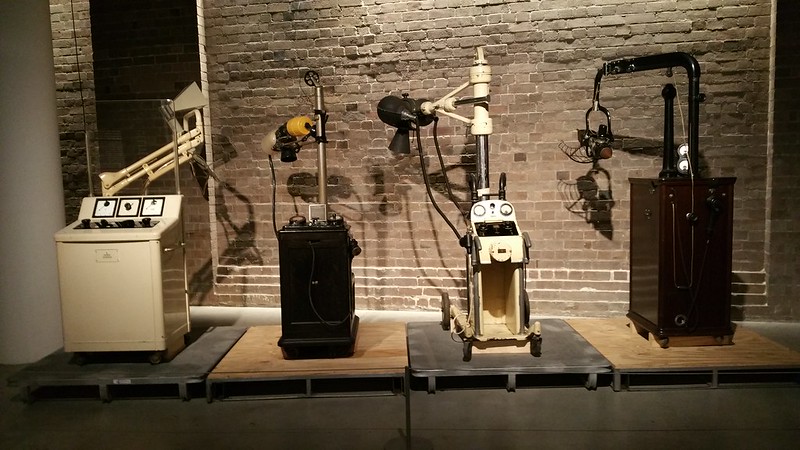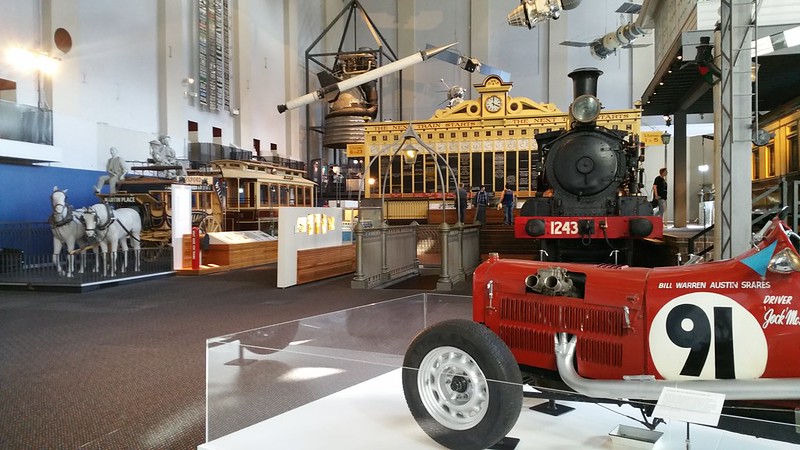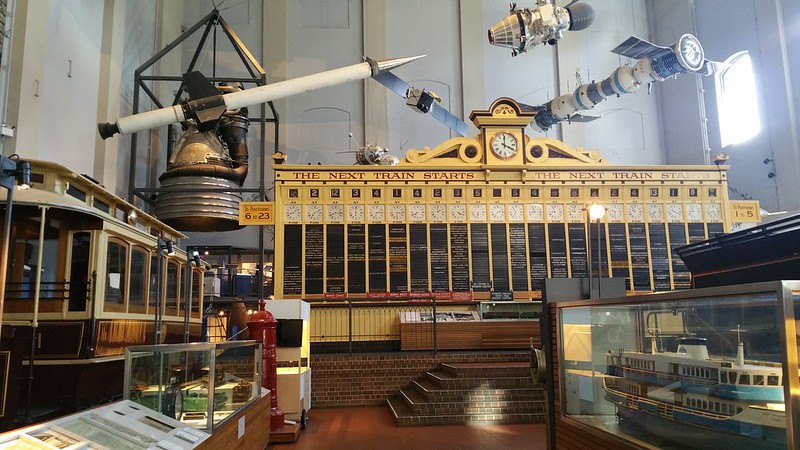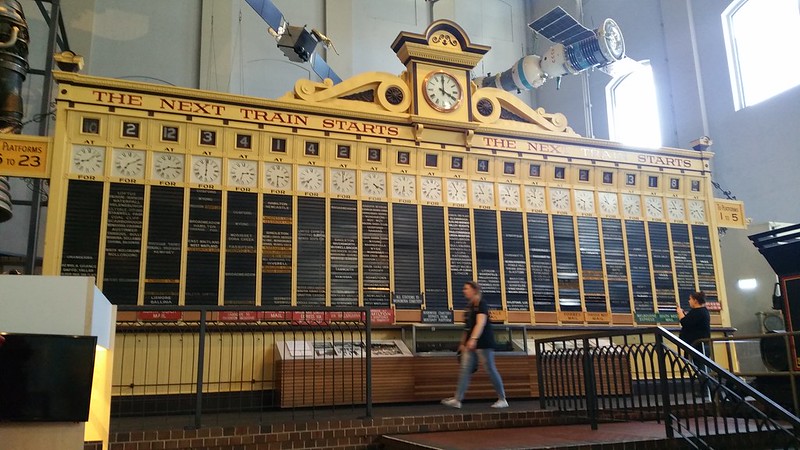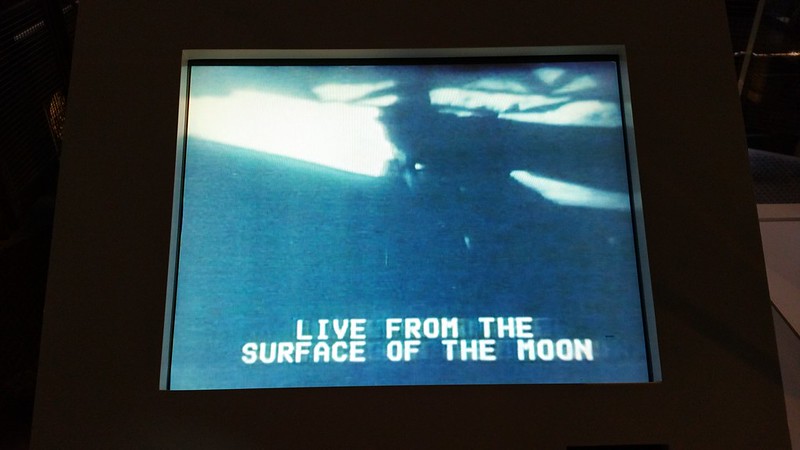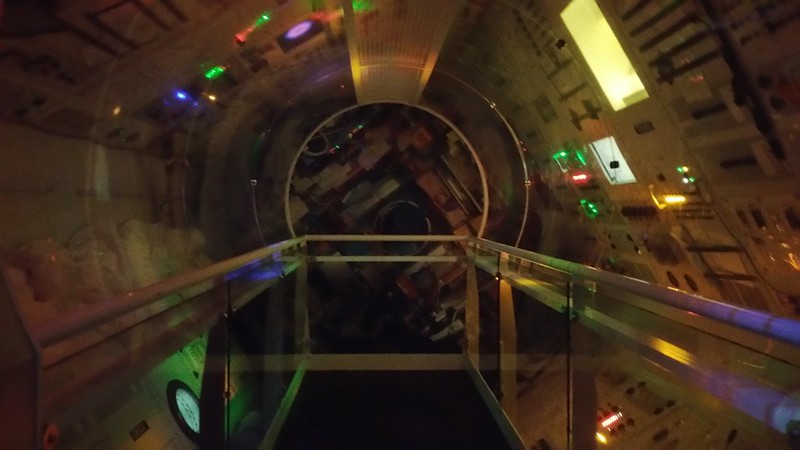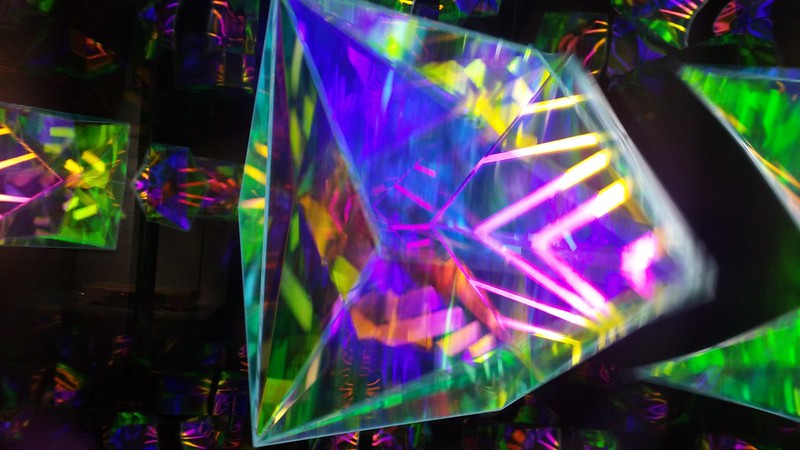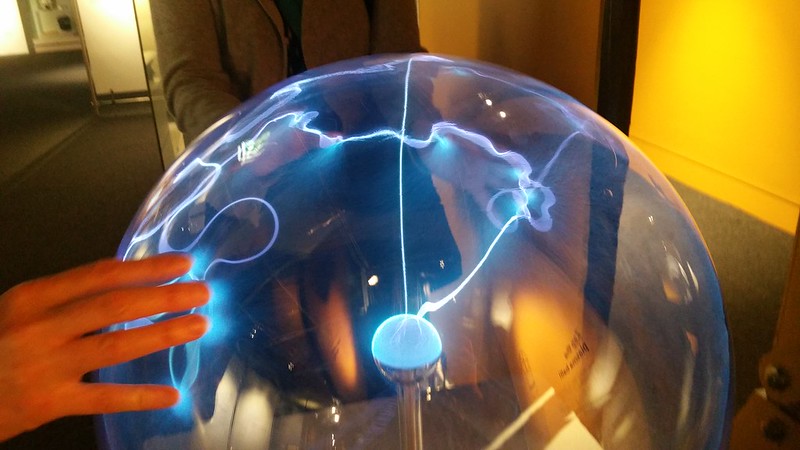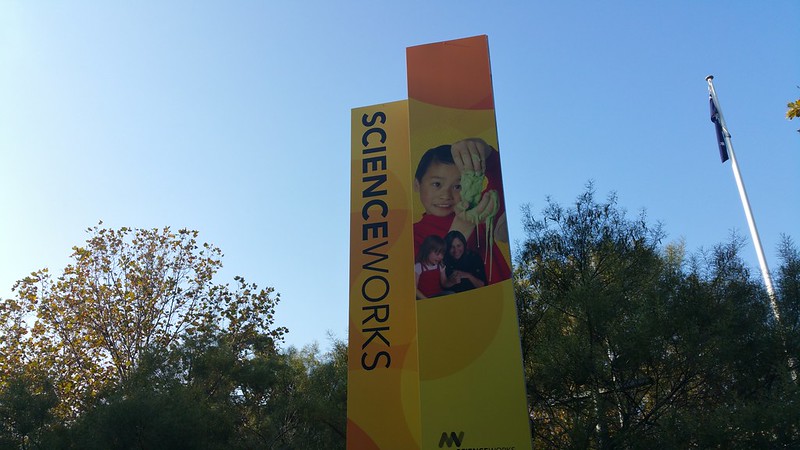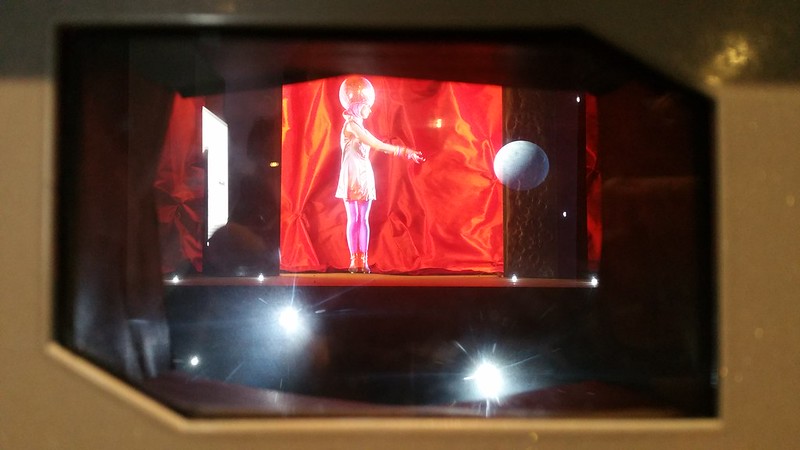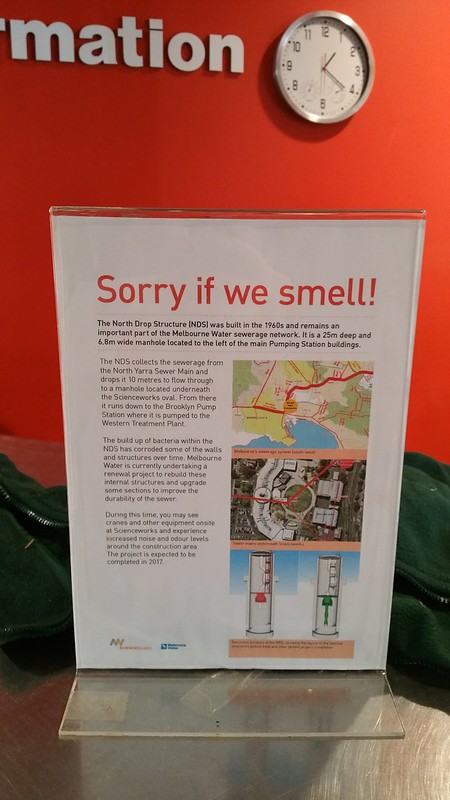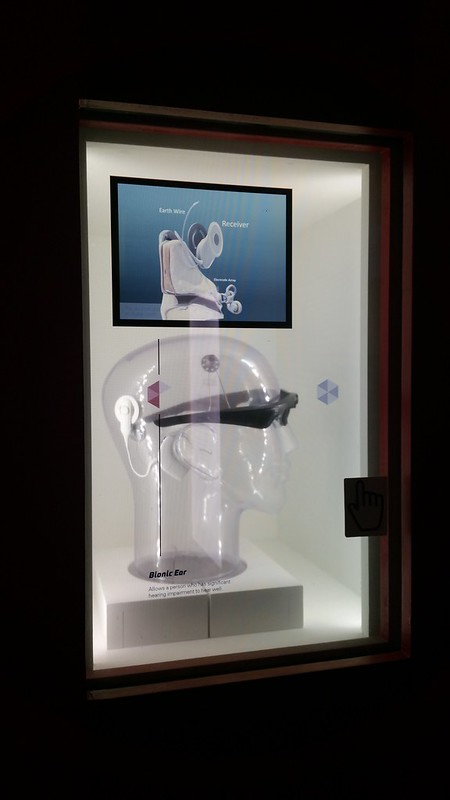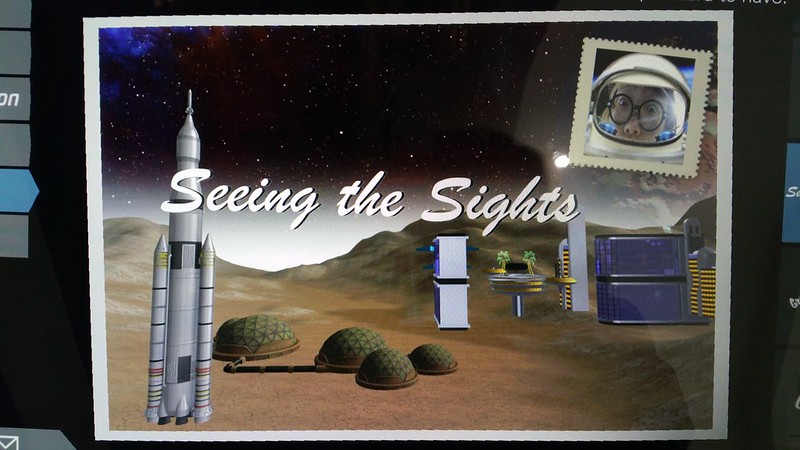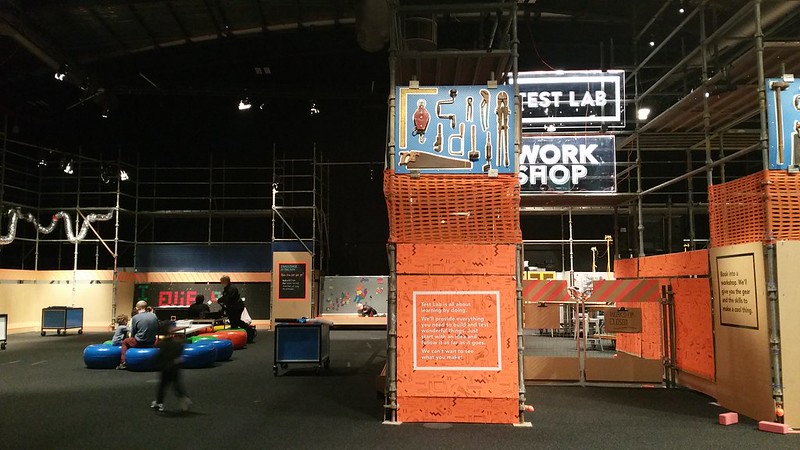
"Oaken richness", one reviewer begrudgingly writes, "but at other times, there is a sense of linguistic overload"...
Common at the National Theatre until 5 August 2017
For some time now I've had the habit of purchasing those £15 Travelex National Theatre tickets way in advance and completely forgetting about then until the day rolls along. I usually don't write reviews or keep notes on the plays and performances that I attend in London, but today after seeing Common at the Olivier I happened to google it - only to find it had received such scathing reviews for the very reason that I had most enjoyed it for: its incredibly dense language and rich imagery, all quite frenetically delivered. So I have decided to quickly write this.
I always find it hard to believe, but apparently semantic density is not quite everyone's cup of tea? "Oaken richness", one reviewer begrudgingly writes, "but at other times, there is a sense of linguistic overload". What is wrong with everybody? I don't know about you, and I'll admit I'm no theatre critic either, but when I go to the theatre, I've come to be dazzled by nonstop theatrical epiphanic glossolalia and outlandish lexical gymnastics beyond what my puny mind can conjure up on the spot. Common delivered it with a flourish, or rather, a big fat noisy hit on a clangy tin pan. A thunderous chorus of rough music.
And as for complaints of the plot being 'too obscure', and another reviewer writing "As to what the play is about: well, that’s not exactly clear." - Well excuse me, not clear? Did we even watch the same play? Surely it was not that hard to follow the logical progression of Mary's ever increasingly preposterous schemes. (SPOILER ALERT) So the play begins with Mary returning to her homeland to figure out what her homeland means to her, and she has come to take her lover away from this parochial land to America where together they can build a new home. However, her lover can no longer recognise Mary after her many years of hard grafting in the big city; her lover also rejects her city attitudes, foreign voice and foreign dressing, and her lover refuses to escape with her because of what Mary believes to be a mistaken notion of loyalty to the soil.
The backdrop of the play is 19th century England just as the Enclosure Act was passed to force people from their land so that larger and more 'efficient and profitable' farming techniques could be put in place; but with the inhumane effect of painfully separating people from their land and villages, producing a large landless labour force that would eventually fuel the industrial revolution in the big cities and the modernisation of agriculture.
At first Mary is led to believe that if she can prevent the land from being enclosed, her lover will finally feel free of her shared responsibility to help keep the common land free for the common people. Her lover tells her she might consider running away to a new land with Mary if only she could be freed of her common responsibility to the land. But it turns out this was all a trick; the land comes before love, her lover only asked her to a late-night rendezvous in order to lure her into becoming the next sacrifice for the village's harvest.
Having somehow survived the murderous plot, Mary then hatches a scheme to accelerate the loss of the commons to eject all those who had ousted her from her homeland in the very first place, taking advantage of the largess of the weak aristocratic lord of the land and using his men and his powers to obliterate the villagers who had tried to sacrifice her for the harvest and who stood protecting their common farming land from becoming Enclosed.
What makes it hardest of all is that the land that the villagers are being forced to leave behind is depicted as cruel and unsympathetic to their emotions and attachment to it; the land is harsh and barren and can hardly sustain them; in turn the land has fomented the villagers into helplessly continuing their strangely cruel practices of paganistic harvest sacrifice rituals. With the failed harvest looming, the only cycle to be seen is that of an eye for an eye, a murder for a murder, the displacement of people being followed by more displacement as those who are forcefully displaced move on and try to take other territories for their own. In a memorable fight-to-the-death scene, Mary turns the knife that her lover has prepared to stab her with - back upon on her lover! As life ebbs out of her lover, Mary uselessly tries to tell her that there is actually a bigger world out there to be lived in, but her lover will never get to see that. Mary cries at her own actions, but there is nothing left for her in that land, nothing else she can do but gather herself up and ready herself for a new life in a new land.
I wonder, did I have such a strong impression of clarity (if "mumbling" was an issue) because I sat in the front row where I was so close I could hear every single word in perfect detail; so close I could even see a stray fibre on Anne-Marie Duff's finger, illuminated in the stage light from above? Or is it only my own reading of the play that gives the play meaning to me? Or has the play been cut down in length since the previous reviews? For £15 it also seemed amazing to have what seems like the finest seat in the house - dead centre of stage, so close you can lean over and breathe on the soil itself. I understood the set with its soil-splattered cyclorama to be a depiction of the terrifying barrenness of the land - certainly amplified from the angle I was seated at, with my face in line with the ground, gazing up at the actors. Perhaps for a venue as large as the Olivier, the presence of the play may have been diminished if you were seated at the opposite end of the house; instead of the sublime barrenness experienced at the first few rows in the stalls, it might have been read as boringly empty from a seat at the top.
You can call me of simple tastes, but if you ask me, never was there a dull moment in the play for me, what with the fences set on fire, the dead animals, Mary's entertaining "clairvoyance" performances, Eggy Tom's tarry hand covered in feathers, a talking mechatronic crow (with fine comedic timing!), intimations of incest, lost lesbian love, fear of a wasted life, fear of mortality, the digging (and filling) of many holes, an Irish man reduced to begging to be allowed to finish his last song before being sacrificed for the harvest, disembowelment, English villagers donning sinister pagan masks, a human heart in a bag, ribbons of blood spraying everywhere, sudden death, sudden gunshot, smoke and fire. As Mary left the stage presumably walking into her new life, I could have sworn she winked directly at me.
Debbie gives it: ★ ★ ★ ★ ★
See also:
Common at the National Theatre - On until 5 August
- Guardian - 1 star review - "Common review – a land-locked drama that fluffs all its lines"
- Independent - 2 star review - "Common, Olivier, National Theatre, London, review: You emerge reckoning that this requires a miracle rather than surgery"
- Evening Standard - 2 star review - Common, theatre review: More than a hint of A Clockwork Orange in this muddled play
- Telegraph - 2 star review - Anne-Marie Duff does her damnedest, but the tedium levels are critically high - Common, National's Olivier Theatre, review
- Guardian - 3 star review - "Common review – William Blake meets The Wicker Man in wild lament for a lost England"
- Financial Times - 3 star review - "Common review - Anne-Marie Duff dominates this powerful but knotty rural drama of myth and ritual"
- Timeout - 3 star review - "Anne-Marie Duff stars in very strange new drama about England's grubby past"
